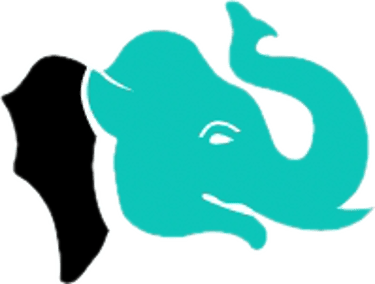Daily Current Affairs | March 14 2025 |
Important Topics from Current Affairs : 1) Northeast to be Next Saffron Hub 2) NECTAR to Lead Agri-Tech Revolution 3) Hantavirus Infection 4) South-East Asia Surveillance Network 5) Issues of ASHA Workers
Jumbo IAS
3/14/20254 min read
1) Northeast to be Next Saffron Hub
Union Government said that Mission Saffron initiative will make Northeast India, the next saffron hub after Jammu and Kashmir’s Pampore.
Mission Saffron Initiative which since 2021 has expanded saffron cultivation across Sikkim, Arunachal, and Meghalaya, has further plans to extend to Nagaland & Manipur.


Mission Saffron
A government initiative, launched in 2021, to expand saffron cultivation beyond Jammu & Kashmir, focusing on the Northeast region.
Implementing Agency - North East Centre for Technology Application and Reach (NECTAR) under the Department of Science & Technology (DST).
Objectives - Boost saffron production in Northeast India, Enhance farmers' income by diversifying high-value crops, Promote Agri-tech solutions for better yield and sustainability.
2) NECTAR to Lead Agri-Tech Revolution
Union Government has recently laid foundation stone for the new permanent campus of the North East Centre for Technology Application and Reach (NECTAR) in Shillong, Meghalaya.
NECTAR is actively working to resolve last-mile challenges in technology application and diffusion.
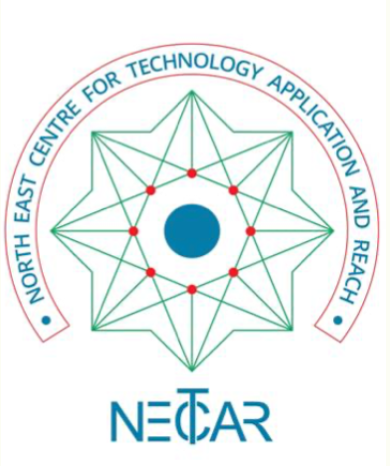

About NECTAR
It is an autonomous body under Department of Science & Technology (DST) that focuses on technological applications for the development of Northeast India.
It was established in 2014 with its headquarters in Shillong.
Objectives - Tech interventions for socio-economic development of Northeast; Bridge the gap between research institutions and grassroots; Fostering self-reliance & innovation in Northeast; and sustainable agriculture.
Initiatives Taken by NECTAR
Saffron - Promotion of saffron cultivation in the Northeast in the lines of Lavender cultivation in Jammu and Kashmir.
SWAMITVA - Drone technology for land mapping under the ‘Swamitva’ program.
High Value Crops - Initiatives for advancements in bamboo and honey production.
Connectivity & Infrastructure - The Northeast, which once struggled with connectivity, now boasts robust infrastructure, making economic growth and scientific advancement possible.
3) Hantavirus Infection
Betsy Arakawa, wife of Oscar-winning actor Gene Hackman, died from a respiratory illness linked to hantavirus, a rare disease transmitted by infected rodents.
Health experts warn that hantavirus can cause flu-like symptoms after exposure to rodent droppings, and in severe cases, it may develop into Hantavirus Pulmonary Syndrome (HPS), a life-threatening lung condition.
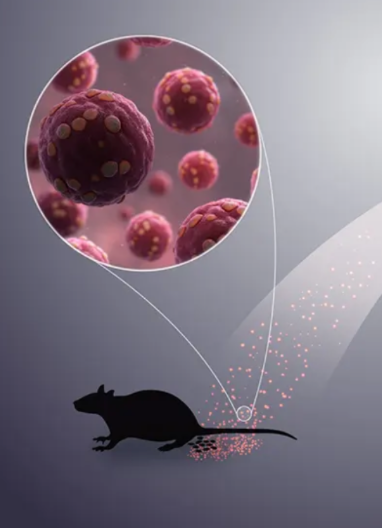

About Hantavirus
First identified in 1993, hantaviruses cause severe respiratory infections (Hantavirus Pulmonary Syndrome) and Kidney disease (Hemorrhagic Fever with Renal Syndrome).
Transmission - Contact with droppings, urine, saliva of rodents. No human to human transmission confirmed.
Symptoms - Initially flu like symptoms, but can escalate to severe respiratory distress, internal bleeding, kidney failure.
Prevention and Cure
Preventive Care :
Rodent Control - Sealing homes, avoiding direct rodent contact, and proper sanitation reduce risk.
High Risk Populations - Farmers, construction workers, and individuals in rodent-prone areas should exercise caution.
Curative Care - No care available, only supportive care
Oxygen Therapy & Ventilation - Used for patients with severe respiratory distress.
Early Detection is Critical - Prompt medical intervention improves survival chances.
4) South-East Asia Surveillance Network
India has proposed the creation of a South-East Asia Network of transboundary collaborative surveillance, which will help enhance multi-source surveillance to strengthen the response to health emergencies in the region.
The proposal will be discussed with 11 member countries of WHO South-East Asia Region (SEARO).
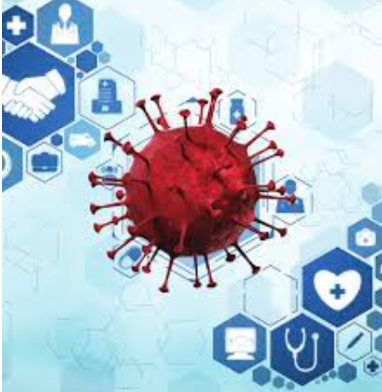

Need for This
Climate Change & Emerging Diseases: Rising vector-borne due to climate change necessitate better monitoring and prediction models.
Cross-Border Health Risks: Frequent disease outbreaks such as Dengue, Nipah, and Zoonotic infections demand collaborative health security frameworks.
AMR Monitoring: Anti-microbial Resistance is a rising threat that requires genomic surveillance.
Vision for this Surveillance Network :
Regional Health Security and Cross-Border Collaboration.
Integrated Surveillance System.
Capacity Building & Innovation.
Follow One-Health Approach.
WHO SEARO
The World Health Organisation (WHO) has six regional offices: Africa, Americas, Eastern Mediterranean, Europe, South-East Asia, and Western Pacific.
Countries in the SEARO region: Bangladesh, Bhutan, Democratic People's Republic of Korea, India, Indonesia, Maldives, Myanmar, Nepal, Sri Lanka, Thailand, and Timor-Leste.
WHO SEARO Headquarters: The WHO South-East Asia Regional Office is based in New Delhi, India.
WHO SEARO's Role: The WHO SEARO plays a crucial role in addressing health challenges and promoting health in the South-East Asia region.
5) Issues of ASHA Workers
It has been more than a month since the Accredited Social Health Activists (popularly known as ASHA workers) in Kerala started their long-drawn strike.
Issues raised by them - right to fair wages, proper working conditions and social security.
ASHA workers belong to the category of ‘Scheme Workers’ who are not recognised as ‘Workers’ in India’s legal framework.
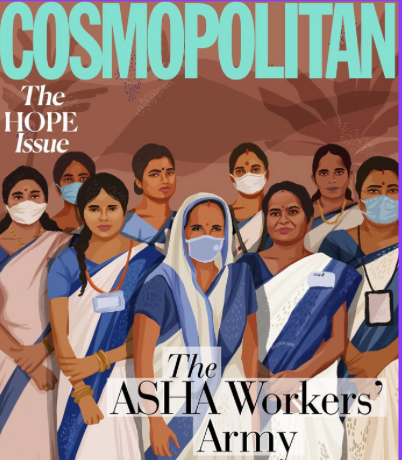

ASHA Workers
Accredited Social Health Activists (ASHA) are those workers who serve as a link between public health system and grassroots communities.
ASHA was established in 2005 under National Rural Health Mission (NRLM), now National Health Mission (NHM).
There are over 10 lakh ASHA workers across India, which serve as the first point of contact for basic healthcare in rural areas.
Issues faced by ASHA Workers
Low & Irregular Payments: ASHA workers receive ₹5,000–₹15,000 per month, with only a fixed honorarium and incentives per task.
No Fixed Salary: Unlike other government health workers, ASHAs are not classified as employees, denying them minimum wages, pensions, and social security benefits.
Inconsistent State Payments: Honorariums vary by state, leading to disparities in earnings and frequent delayed payments.
No Job Security: Despite being the backbone of rural healthcare, ASHAs lack formal employment status.
Issues faced by ASHA Workers
Anganwadi Workers -
The Anganwadi worker is a functionary of the Integrated Child Development Scheme (ICDS) in charge of managing the Anganwadi.
Anganwadi is a type of child and mother care centre that was established as a part of the ICDS.
Auxillary Nurse Midwife -
Auxiliary Nurse Midwife (ANM) is a female health worker based at a health sub-centre or Primary health centre.
This cadre was created in the 1950s to help the Government focus on basic maternal health including midwifery and child health.
